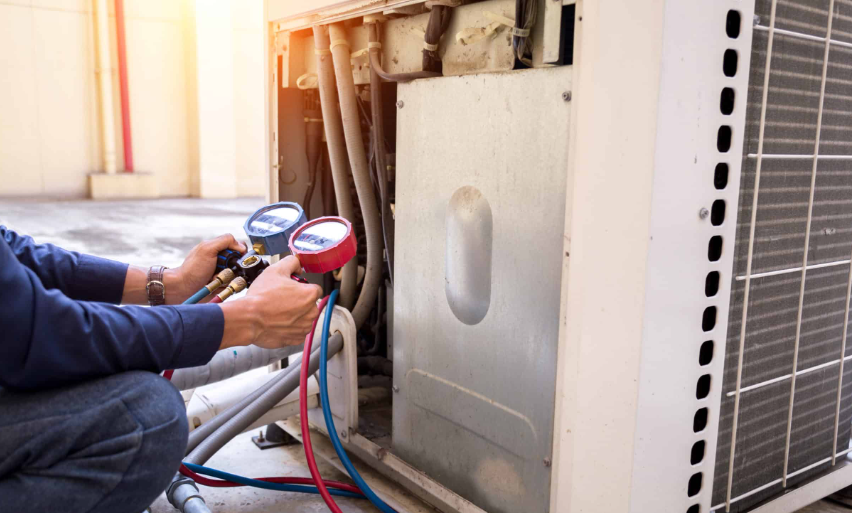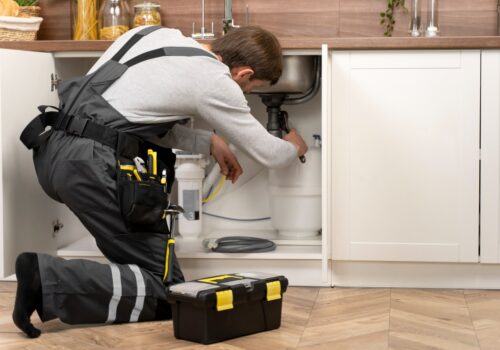The Complete Process of Professional Residential Heat Pump Installation Explained
Heating and cooling systems play a crucial role in maintaining the comfort of your home throughout the year. Among various options, heat pumps have emerged as a popular choice due to their efficiency and versatility. Understanding the process of residential heat pump installation is essential for homeowners looking to make informed decisions about their heating and cooling solutions. This article aims to shed light on the complete process of installing a heat pump in a residential setting.
Initial Assessment and Planning
Before any actual work begins, a professional installer will conduct an initial consultation. This step involves assessing your home’s current heating and cooling needs, the layout of your property, and determining the best type of heat pump to suit your requirements. It’s also the stage where any potential challenges or special considerations, such as the need for additional ductwork or electrical upgrades, are identified.
Choosing the Right Heat Pump
Selecting the appropriate heat pump is crucial for optimal performance and efficiency. Factors such as the size of your home, climate, and specific heating and cooling needs play a significant role in this decision. A professional installer will help you choose between air-source, ground-source, or water-source heat pumps, each with its own set of benefits and installation requirements.
Site Preparation and Installation
Once the planning phase is complete, and the heat pump has been selected, the actual installation process can begin. This step may involve preparing the installation site, which can include excavating for ground-source heat pump loops or mounting brackets for an air-source heat pump. The complexity of this phase varies significantly depending on the type of heat pump and the specifics of your property.
During installation, the unit is securely positioned, and all necessary connections (electrical, ductwork, etc.) are made. This phase requires precision and attention to detail to ensure everything is correctly installed for optimal performance.
Testing and Commissioning
After the heat pump installation is complete, it’s essential to thoroughly test the system to verify its functionality. This includes checking that all components are working correctly, the system is properly pressurized, and there are no leaks. Once testing is finalized, the system can be commissioned, and the installer will walk you through how to operate your new heat pump, discussing any maintenance requirements and answering your questions.
Conclusion
The process of residential heat pump installation involves detailed planning, careful selection of the right unit, professional installation, and thorough testing to ensure everything is in perfect working order. By understanding these steps, homeowners can feel more confident in their decisions regarding heating and cooling solutions.





